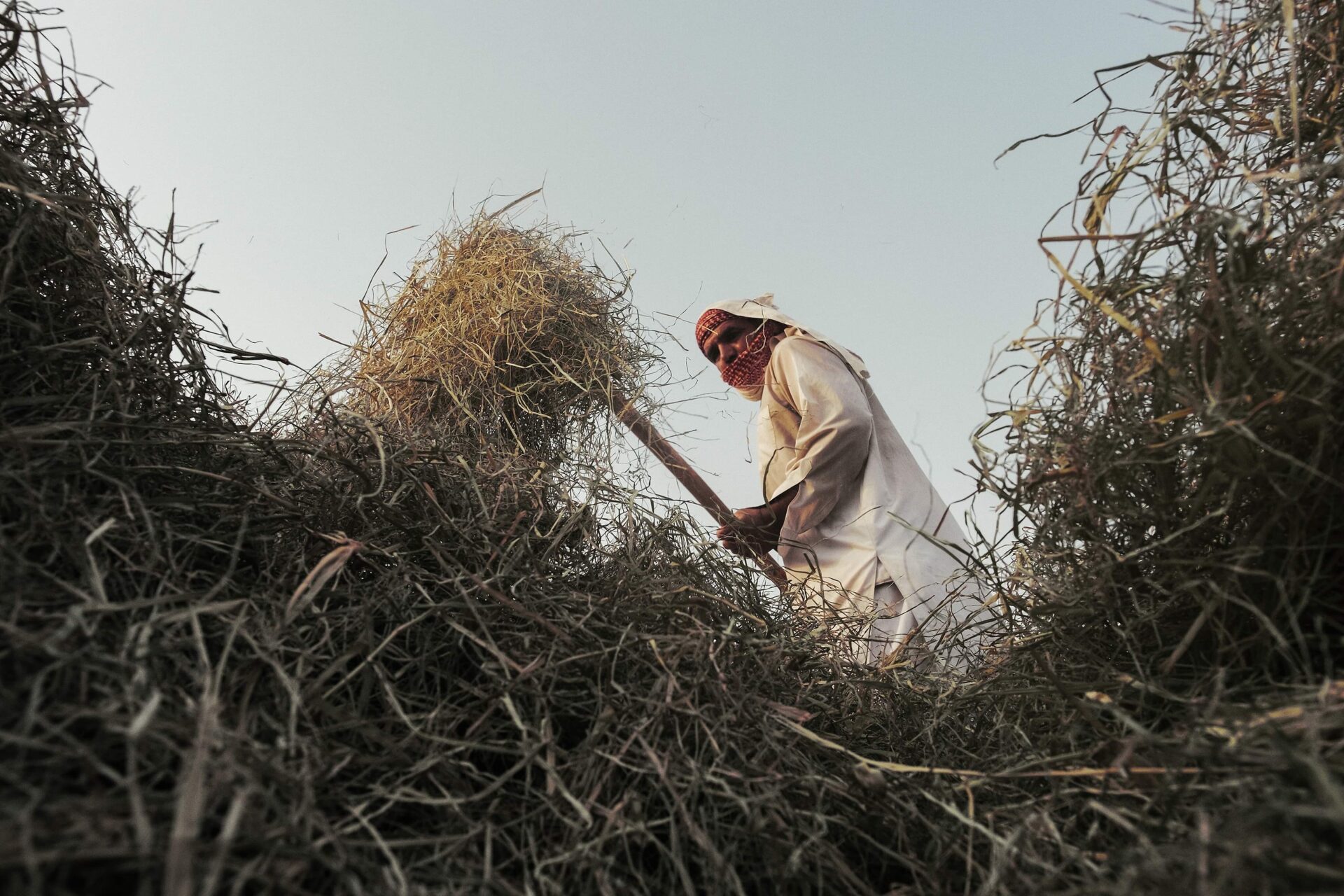
International Development and Humanitarian Action Overview
International Development
International development programs work to end poverty; support the advancement of human rights; and promote resilient, democratic societies while improving global security and prosperity.
Development Works
- From 1990 to 2017, 1.1 billion people were lifted out of extreme poverty. In 1990, about 35% of the global population lived in poverty. By 2019, that percentage had decreased to 8.4%. Unfortunately, due to the pandemic, that percentage increased to 9.3% by 2020.
- The proportion of undernourished people in the world dropped to a historic low of roughly 8% in 2015.
However, the pandemic caused this percentage to increase to 9.8% in 2021. - The global under-5 mortality rate has dropped by 61%.
The global under-5 mortality rate has dropped from 93 deaths per 1,000 live births in 1990 to 38 in 2019, a 59% decrease.
Humanitarian Action
Humanitarian responses assist people affected by disasters due to natural hazards, armed conflict, or other human-made causes. The humanitarian imperative guides humanitarian NGOs to save lives and reduce human suffering wherever it happens. They operate in accordance with the humanitarian principles of humanity, neutrality, impartiality, and independence, which safeguard the integrity of their purpose to save lives, while furthering the safety and security of aid workers and affected populations.
Global Crises
- 339 million people in need of humanitarian assistance.
- 103 million people have been forcibly displaced.
- 222 million people could be acutely food insecure.
Food Crisis
The largest global food crisis in modern history is currently unfolding. After years of rising hunger due to extreme weather, protracted conflict, and disruptions from the COVID-19 pandemic, the war in Ukraine has intensified the existing global food crisis into what World Food Program Executive Director David Beasley has warned could be “hell on earth.” Skyrocketing food, energy, and transportation costs—already climbing as a result of pandemic-related supply chain disruptions—continue to soar, as global food prices reached their highest ever levels in 2022.
Prior to the conflict, Ukraine was one of the world’s leading exporters of wheat, maize, and fertilizer and the biggest exporter of sunflower oil, with many low- and middle-income countries relying heavily on these exports. These same countries and communities are also being hit hardest by the consequences of extreme weather, COVID-19, and conflict, and already-fragile food systems are reaching their breaking point. Despite targeted efforts to respond, community resilience has been eroded by unprecedented compounding shocks.
The number of people facing immediate danger from hunger is escalating. At the end of 2022, at least 222 million people across 53 countries were expected to face acute food insecurity and need urgent humanitarian assistance. 45 million people in 37 countries are at the risk of starvation and nearly a million people are projected to face catastrophic famine conditions. Communities in Afghanistan, Ethiopia, Nigeria, South Sudan, Somalia and Yemen are at the highest risk. The Horn of Africa is particularly vulnerable as the region is experiencing a drought not seen in 40 years and dangerous food insecurity is expected to continue intensifying due to an anticipated, unprecedented sixth consecutive missed rainy season in February 2023.
The impact of the food crisis will be felt for years to come as projections estimate that nearly 670 million people or 8% of the world population will still be facing hunger in 2030.